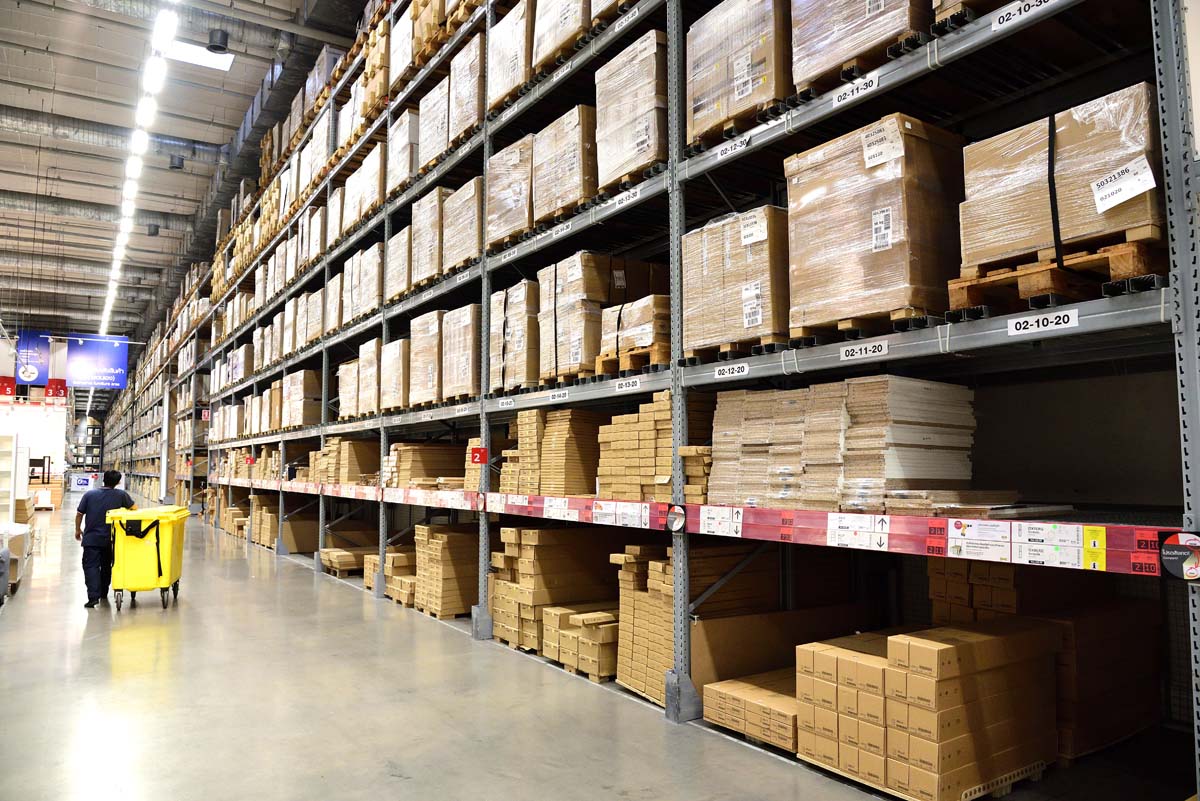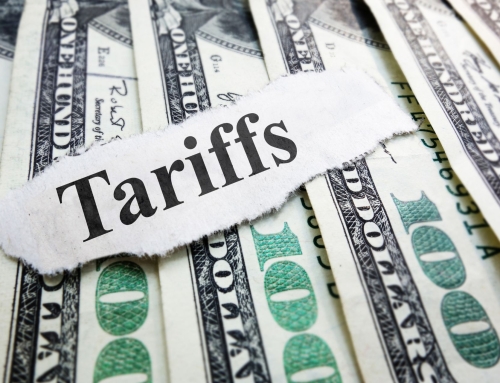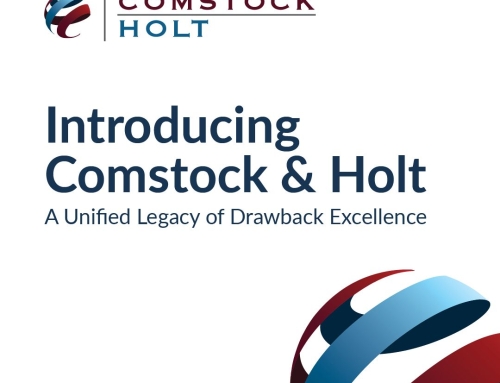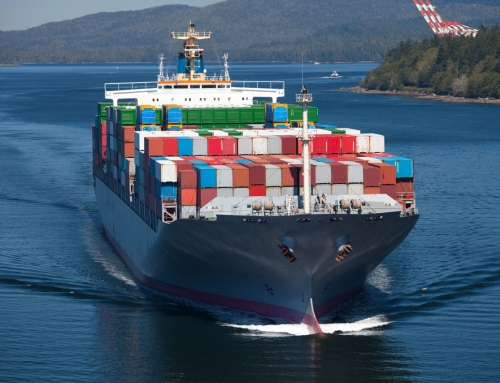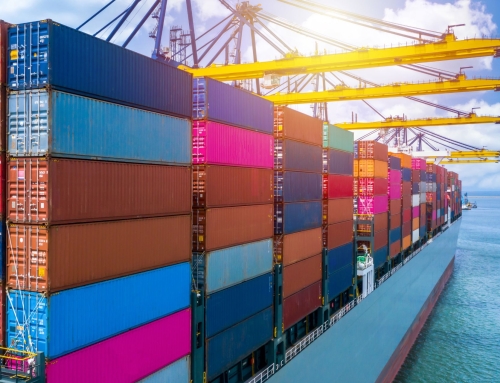Drawback claimants that have long been burdened by extra steps in the export document collection process can exhale just a little. CBP recently announced a change, effective August 7, 2015, that will ease some of the burden for what the trade needs to collect to prove date and fact of exportation.
The introductory language in 19 CFR 191.72 (toward the bottom of the paragraph in the regulation) says:
“The procedures for establishing exportation outlined by this section include, but are not limited to:”
immediately followed by the new §191.72(a), which says:
“Documentary evidence of exportation (originals or copies) issued by the exporting carrier, such as a bill of lading, air waybill, freight waybill, Canadian Customs manifest, and/or cargo manifest;”.
Previously, in responding to desk reviews, compliance audits, or general questions from CBP, the trade has had to seek out master documents or certified copies of the export documents. If a master document wasn’t provided (or the blue ink certified copy), drawback claims were denied for lack of evidence to support the exportation.
Language was also changed in §191.72(c) for mail shipments to eliminate the need to certify the export invoice and to include “official postal records (originals or copies)…”. With the overlap in language in the NAFTA regulations, §181.47 was also amended to include “originals or copies” of documents issued by the exporting carrier.
While paper documentation is still required for drawback claims, the trade is no longer required to have an original or certified copy of an original document to prove the export. When CBP asks for the export paperwork, it will be provided…minus the blue ink!

